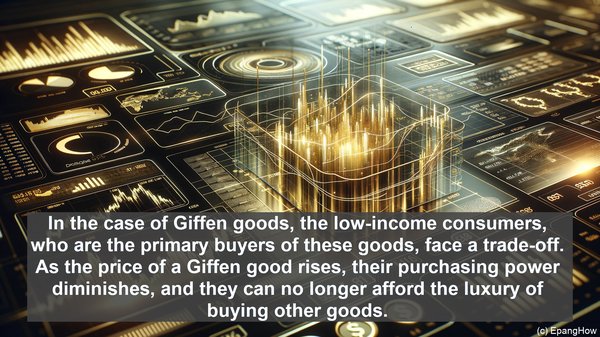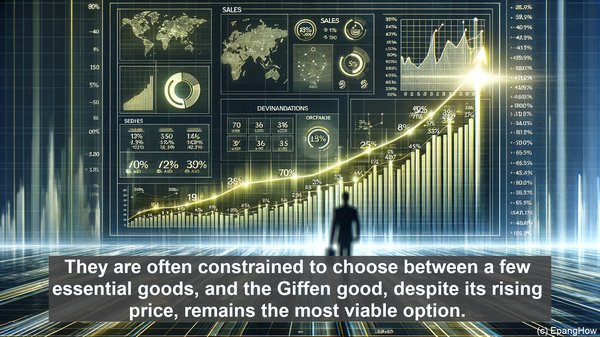Introduction: The Fascinating World of Economics
Hello everyone, and welcome to our article on the intriguing subject of Giffen goods and Veblen goods. In the realm of economics, understanding the nuances of different goods is essential, as it allows us to grasp the intricacies of consumer behavior and market dynamics.
Defining Giffen Goods: An Unusual Phenomenon
Giffen goods, named after the Scottish economist Sir Robert Giffen, are a unique category of goods that defy the conventional laws of demand. Unlike most goods, where demand decreases as prices rise, Giffen goods exhibit an unusual behavior: their demand increases as prices go up.
The Giffen Paradox: A Counterintuitive Observation
The Giffen paradox, as it is often called, is a counterintuitive observation. It challenges the traditional notion that people always prefer more of a good when its price decreases. In the case of Giffen goods, the low-income consumers, who are the primary buyers of these goods, face a trade-off. As the price of a Giffen good rises, their purchasing power diminishes, and they can no longer afford the luxury of buying other goods. Consequently, they are left with no choice but to allocate a larger portion of their income to the Giffen good, even if its price has increased.
The Role of Substitution Effect
To understand the Giffen paradox, we need to delve into the concept of the substitution effect. When the price of a good increases, consumers tend to substitute it with cheaper alternatives. However, in the case of Giffen goods, the substitution effect is weak or even non-existent. This is primarily because the low-income consumers, who are the primary buyers of Giffen goods, have limited options. They are often constrained to choose between a few essential goods, and the Giffen good, despite its rising price, remains the most viable option.

Veblen Goods: The Role of Conspicuous Consumption
While Giffen goods are primarily associated with low-income consumers, Veblen goods cater to a different segment of the market. Veblen goods, named after the American economist Thorstein Veblen, are luxury goods that derive their demand from their high price and exclusivity. Unlike most goods, where higher prices lead to decreased demand, Veblen goods exhibit a positive price-demand relationship. The higher the price, the greater the demand, as these goods are often associated with prestige and social status.
The Veblen Effect: A Psychological Phenomenon
The Veblen effect, also known as the snob effect, is a psychological phenomenon that underlies the demand for Veblen goods. It stems from the human desire for social distinction and the need to signal one’s status. By purchasing and displaying Veblen goods, individuals can communicate their wealth and social standing to others. In this context, the high price of Veblen goods becomes a crucial factor, as it acts as a signal of exclusivity and quality.
The Impact on Consumer Behavior
The distinction between Giffen goods and Veblen goods has significant implications for consumer behavior. While Giffen goods are often associated with low-income consumers and their limited choices, Veblen goods are more prevalent among affluent individuals who have the means to indulge in luxury. Understanding these distinctions allows marketers and policymakers to tailor their strategies accordingly, whether it’s pricing decisions or marketing campaigns.

